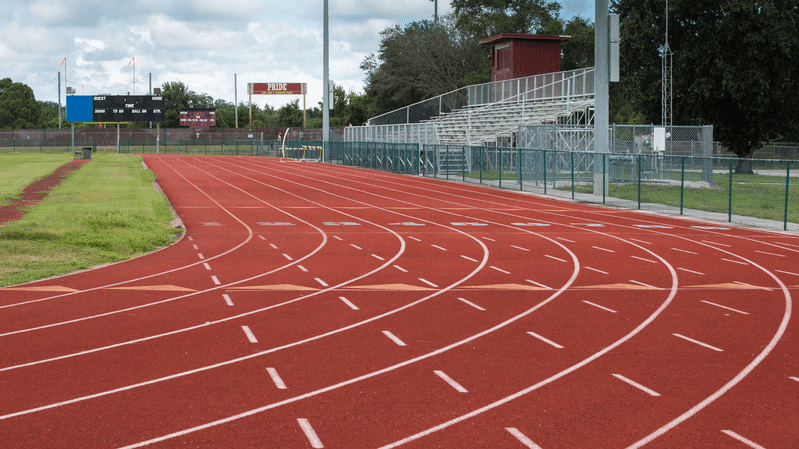Veve Vortex: Exploring the Latest Trends
Stay updated with the latest in news, tech, and lifestyle.
Track and Field: Where Every Second Counts and Every Step Matters
Discover the thrill of Track and Field, where every second counts and every step can change your game. Dive in for tips, insights, and more!
The Evolution of Track and Field: A Journey Through Time
Track and field's origins can be traced back to the ancient Olympic Games of Greece, which were first recorded in 776 BC. Athletes competed in simple events such as sprinting and discus throw that tested their speed and strength. Over the centuries, these events evolved, leading to the formalization of rules and the introduction of new disciplines. The late 19th century marked a pivotal moment with the establishment of formal national governing bodies and the first modern Olympic Games in 1896, which included track and field events alongside others. This period laid the groundwork for the sport as we know it today, creating a platform for athletes to showcase their talents on a global stage.
As track and field progressed into the 20th century, it saw significant innovations in training techniques, equipment, and competitive formats. The introduction of timekeeping technology and standardized measurement tools improved the precision of competition, allowing for more accurate records and achievements. The World Athletics now oversees international competitions, including the prestigious World Championships and the Olympics. With the rise of athletes like Jesse Owens and Usain Bolt, the sport has continuously captivated audiences, inspiring generations of athletes. Track and field remains a dynamic field, continually evolving while honoring its rich history.

How to Improve Your Sprinting Technique: Tips and Tricks
Sprinting is not just about running as fast as you can; it requires a refined technique to maximize speed and efficiency. One way to improve your sprinting technique is to focus on your posture. Maintain an upright position with a slight forward lean and keep your arms bent at 90 degrees. Your arms should work in rhythm with your legs, driving forward as you sprint. Additionally, consider incorporating strength training into your routine. Stronger muscles support better running mechanics, allowing for a more powerful push-off.
Another crucial aspect is your foot placement and stride frequency. Aim for quick, light steps rather than long, heavy strides, as this helps reduce ground contact time. To practice this, you can perform drills such as high knees or butt kicks to enhance your agility and coordination. For detailed guidance on these drills, check out this resource on sprinting drills. Finally, always remember to warm up before sprinting to prevent injuries and ensure your body is ready for the exertion.
What are the Essential Gear and Equipment for Track and Field Athletes?
For track and field athletes, having the right gear is crucial to enhance performance and reduce the risk of injury. The essential equipment includes a pair of high-quality running shoes, specifically designed for the events you participate in, be it sprints or distance. Other necessary items are track spikes that offer traction and speed on the track. Additionally, athletes should consider wearing lightweight, breathable clothing made from moisture-wicking fabrics to stay comfortable during training and competitions.
In addition to footwear and apparel, track and field athletes need to invest in accessories that aid in performance. A good sports watch or fitness tracker can help monitor training sessions and achieve personal bests. Moreover, foam rollers are essential for recovery, helping to prevent injuries by relieving muscle tension. Lastly, proper gear for specific events, such as throwing implements and hurdles, is important for skill development and competition readiness.